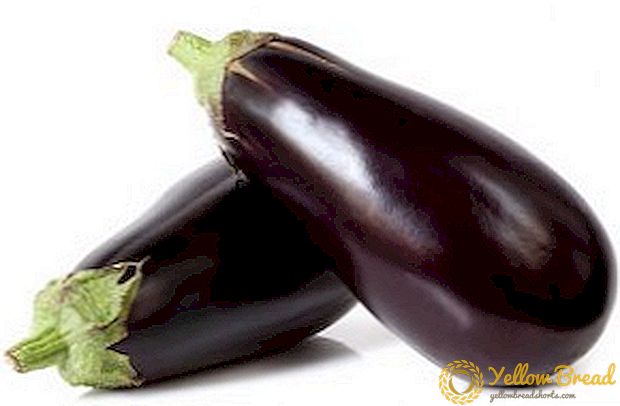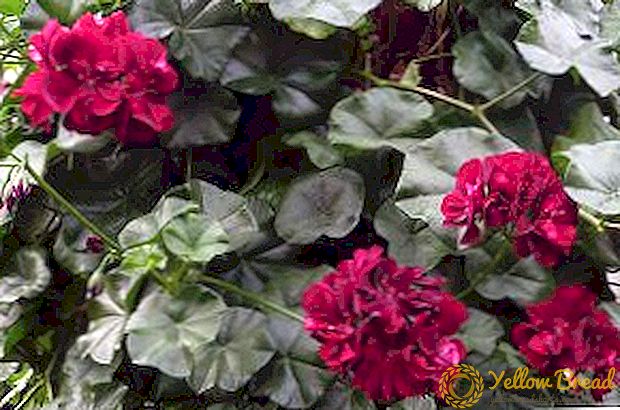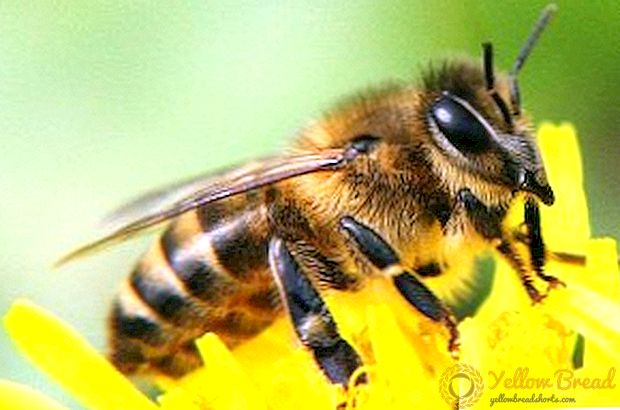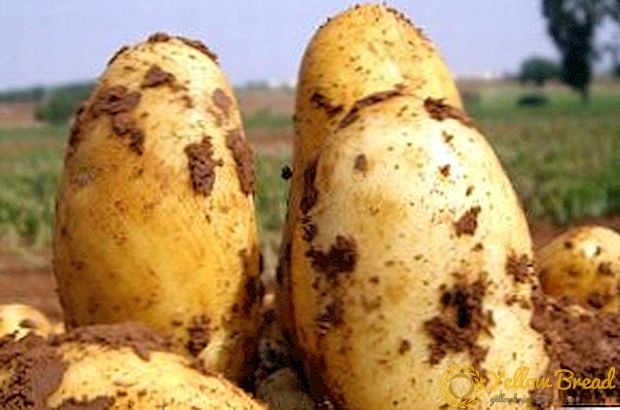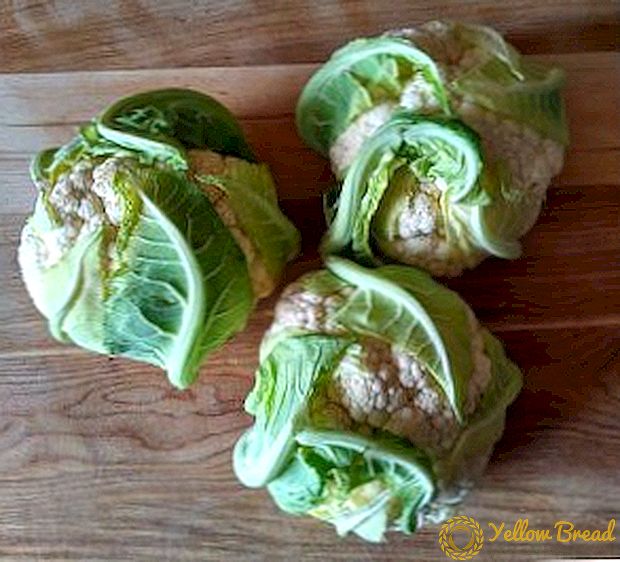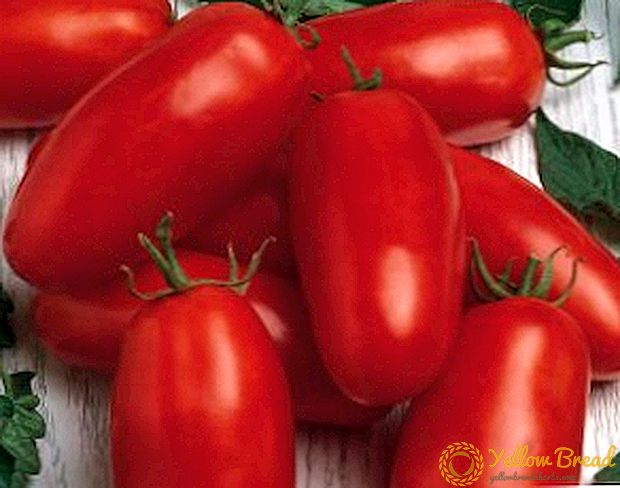 "Caspar" - Dutch early ripening variety, which has gained popularity among gardeners due to its special qualities. Most housewives preserve this particular variety of tomatoes, because they do not lose their shape and are even dense enough after conservation, which is not the case with most other varieties. Let us consider the tomato "Caspar", its characteristics and description.
"Caspar" - Dutch early ripening variety, which has gained popularity among gardeners due to its special qualities. Most housewives preserve this particular variety of tomatoes, because they do not lose their shape and are even dense enough after conservation, which is not the case with most other varieties. Let us consider the tomato "Caspar", its characteristics and description.
- Description of the variety
- Pros and cons of growing
- Description of the fruits of tomato "Caspar"
- Growing undersized tomatoes
- Agrotechnology
- Planting seedlings in the ground
- Watering and feeding
Description of the variety
Kaspar has low-growing bushes that do not exceed one meter in height. But, despite the small size of the bushes, they are abundantly covered with fruits. The shoots of this tomato often sag under the weight of the crop.
Characteristic varieties of tomatoes "Caspar" as follows:
- Early ripe. After the appearance of the first shoots before harvesting, no more than 4 months pass. Crop begin to collect in late June - early August.
- Universal. The variety can be used both fresh and canned.
- It can be grown both in greenhouse conditions and in open ground, without losing the quality characteristics.
- Resistant to diseases and pests.The variety is not susceptible to most diseases that often affect other tomato varieties, and is resistant to pests.
- Not picky to soil conditions. It can be grown in different areas, subject to proper care of the soil.
- It has excellent keeping quality. Fruits tolerate transportation without losing the appearance of an attractive appearance, without deforming and without changing the taste characteristics.
Pros and cons of growing
The main advantage of tomato "Caspar" is a high yield. One bush per season can produce about 2 kg of fruit. You can also highlight the following advantages of the considered variety:
- unpretentiousness to growing conditions;
- can do without pinching;
- does not require large areas and free space for cultivation.
 Among the shortcomings of the variety can be identified strong susceptibility "Caspar" peak rot, which affects the plants when they are still in the formation stage of seedlings.
Among the shortcomings of the variety can be identified strong susceptibility "Caspar" peak rot, which affects the plants when they are still in the formation stage of seedlings.Description of the fruits of tomato "Caspar"
The fruits of tomatoes "Caspar" have the following description:
- They are characterized by an elongated shape, which somewhat resembles Bulgarian pepper, and have a characteristic "spout".
- Fruits in the stage of immaturity are distinguished by a light green tinge, while mature fruits have an orange-red color.
- Tomatoes contain a slight acidity and a pronounced flavor.
- Tomato peel is thick and rough; eating fresh fruit, it should be removed.
- Since the pulp of tomatoes differs in density, they do not deform and do not flow, losing the skin.
Growing undersized tomatoes
To grow quality tomatoes and get a bountiful harvest, you need to take into account some of the nuances in the growing conditions, as well as caring for the plant. Consider them in detail.
Agrotechnology
Sowing seeds for growing seedlings should be in late March. Before sowing, the seeds must be soaked in a weak solution of potassium permanganate (which has a slightly pink tint). After the seeds are treated with a solution of potassium permanganate, they should be thoroughly rinsed with cold water. Tomatoes are undemanding to the substrate.It is recommended to combine the substrate of earth, loam, humus and compost, or simply use peat soil.

Planting seedlings in the ground
It is possible to plant seedlings in open ground 70 days after sowing the seeds.

Watering and feeding
Caspar needs regular watering with slightly warm, settled water. It is recommended not to overdo it with watering, as it is possible to provoke the development of diseases and root rot. Watering should be carried out during the period of complete drying of the top layer of soil. For dressing "Caspar" is recommended to use mineral fertilizer, which will contain a sufficient amount of potassium and phosphorus. Such a mixture can be fertilized about 4 times per season. The first feeding should be carried out during the formation of the fruit. All remaining three times fertilizer should be made after the 1st month.
 Thus, it is quite simple to grow Caspar at home, the main thing is to take into account some of the nuances in the cultivation of seedlings and follow the instructions provided for planting and caring for them.
Thus, it is quite simple to grow Caspar at home, the main thing is to take into account some of the nuances in the cultivation of seedlings and follow the instructions provided for planting and caring for them.

